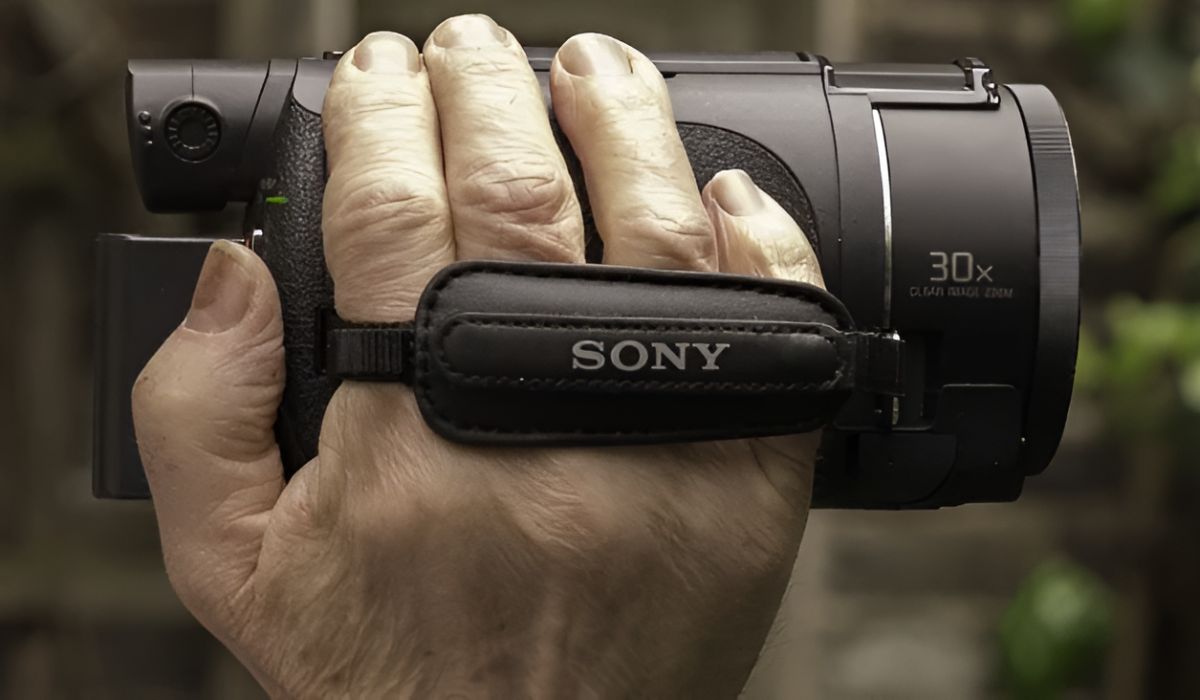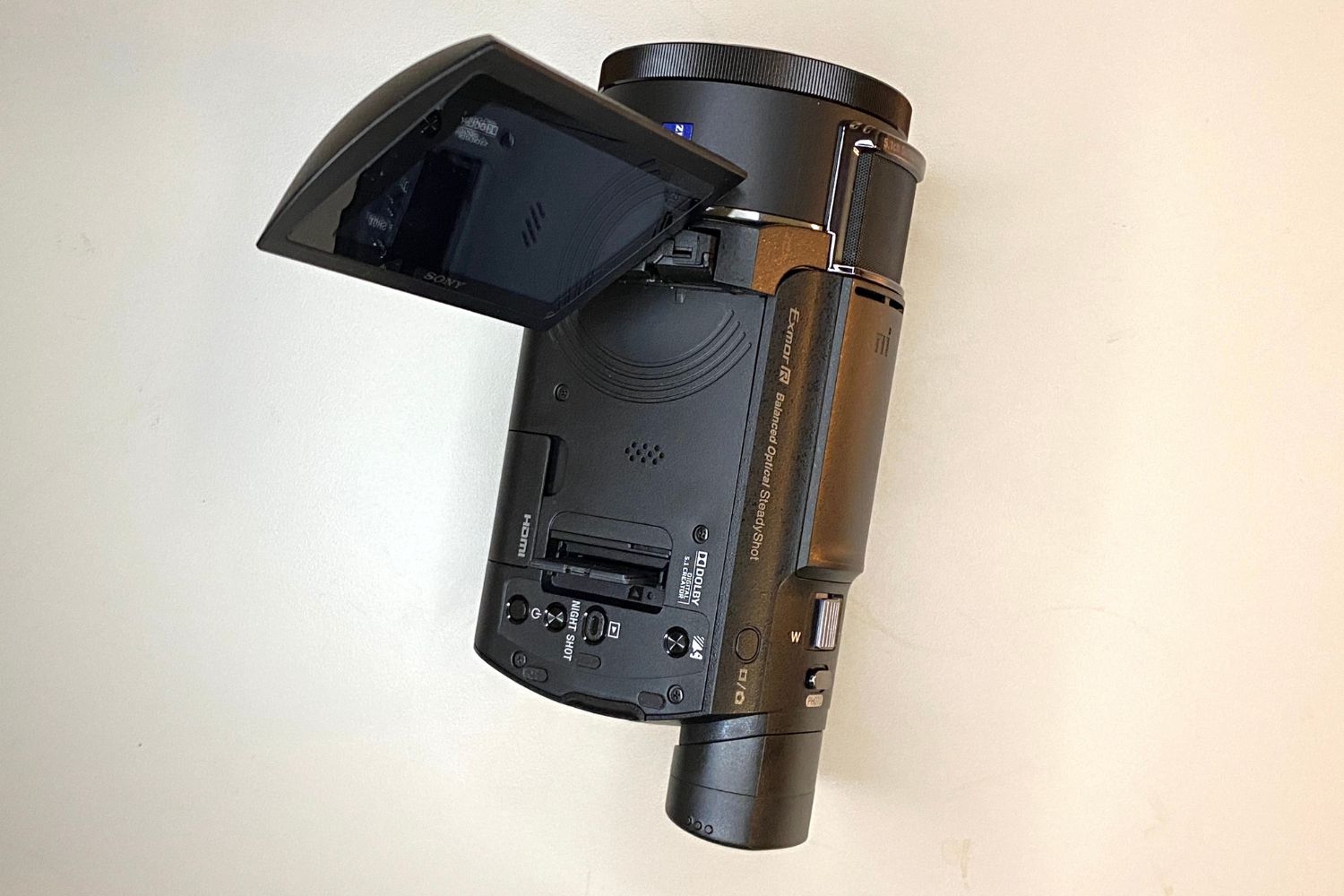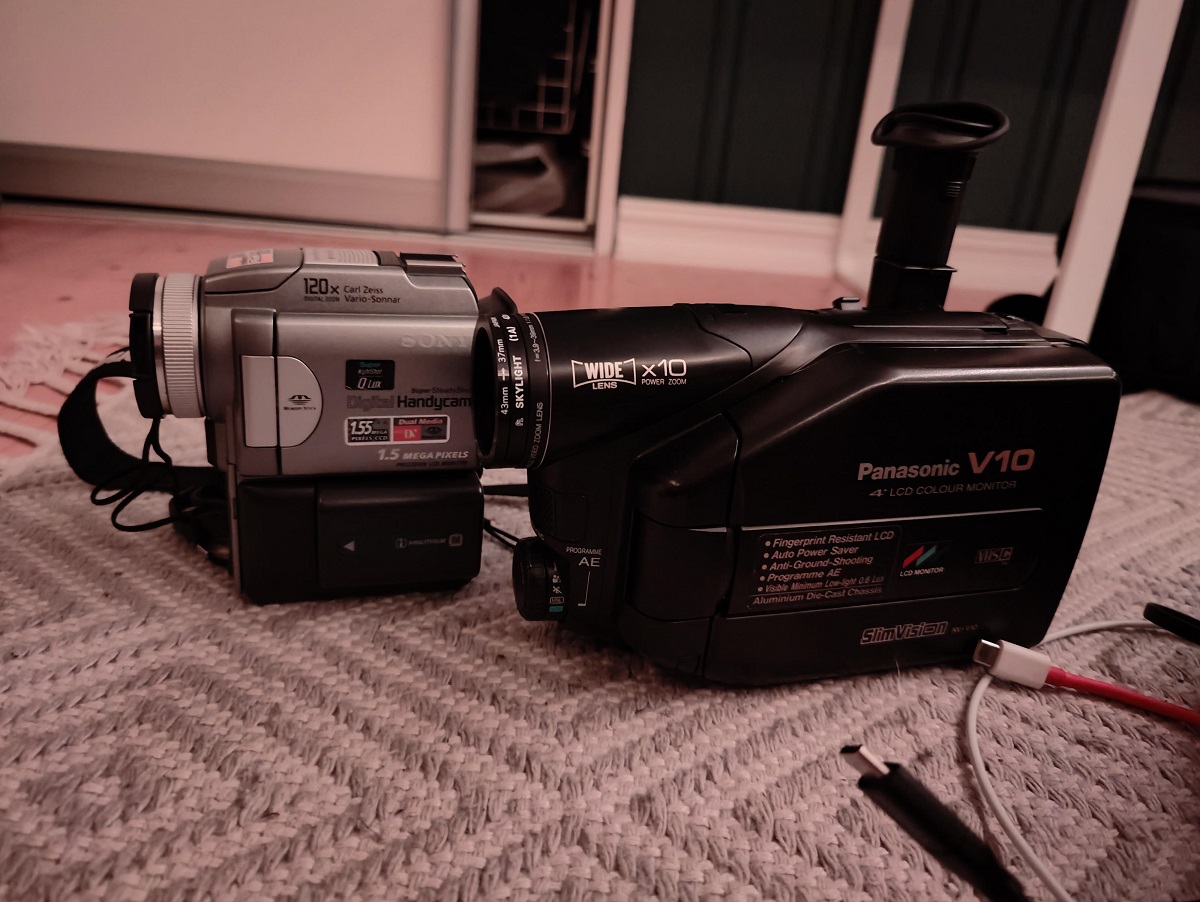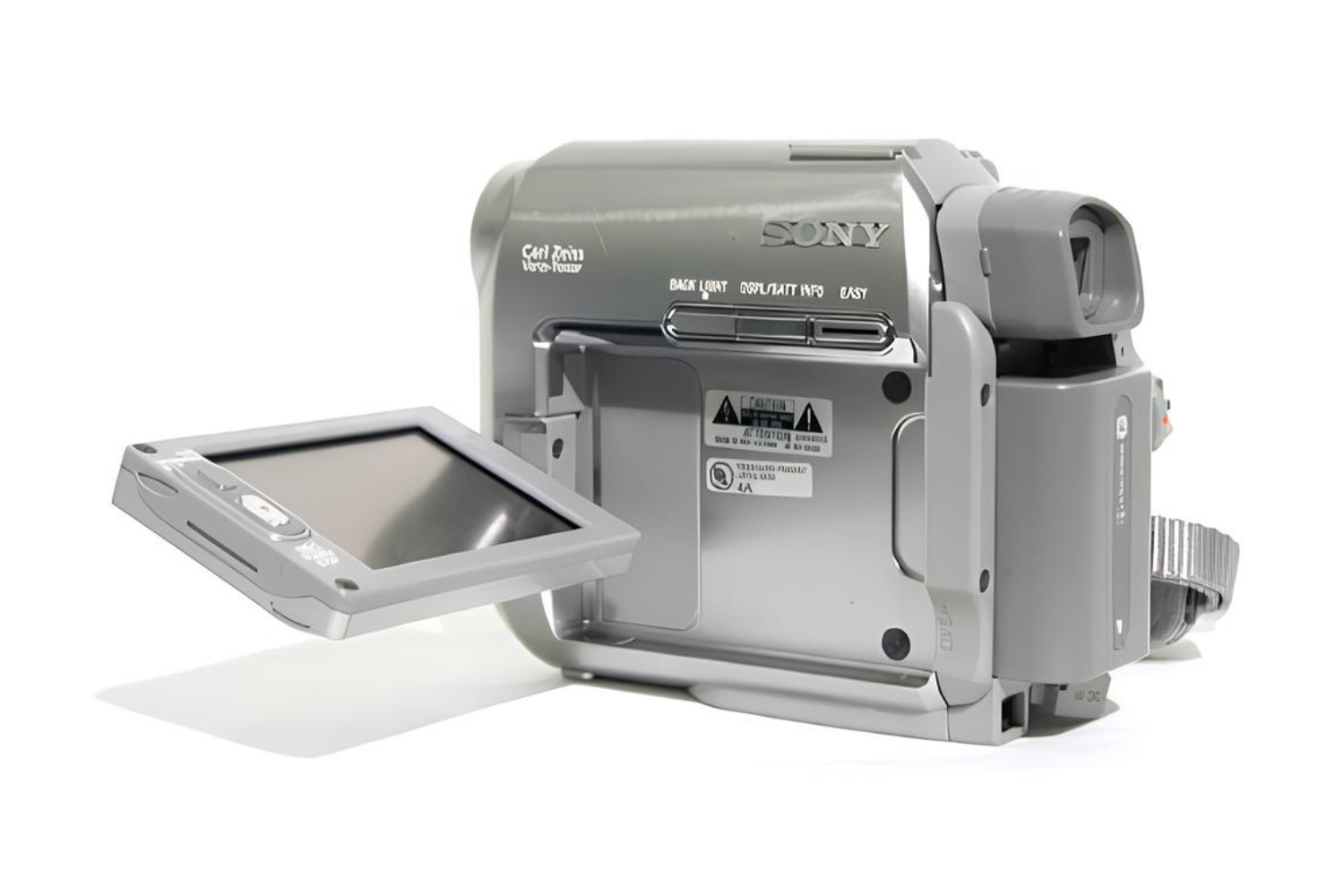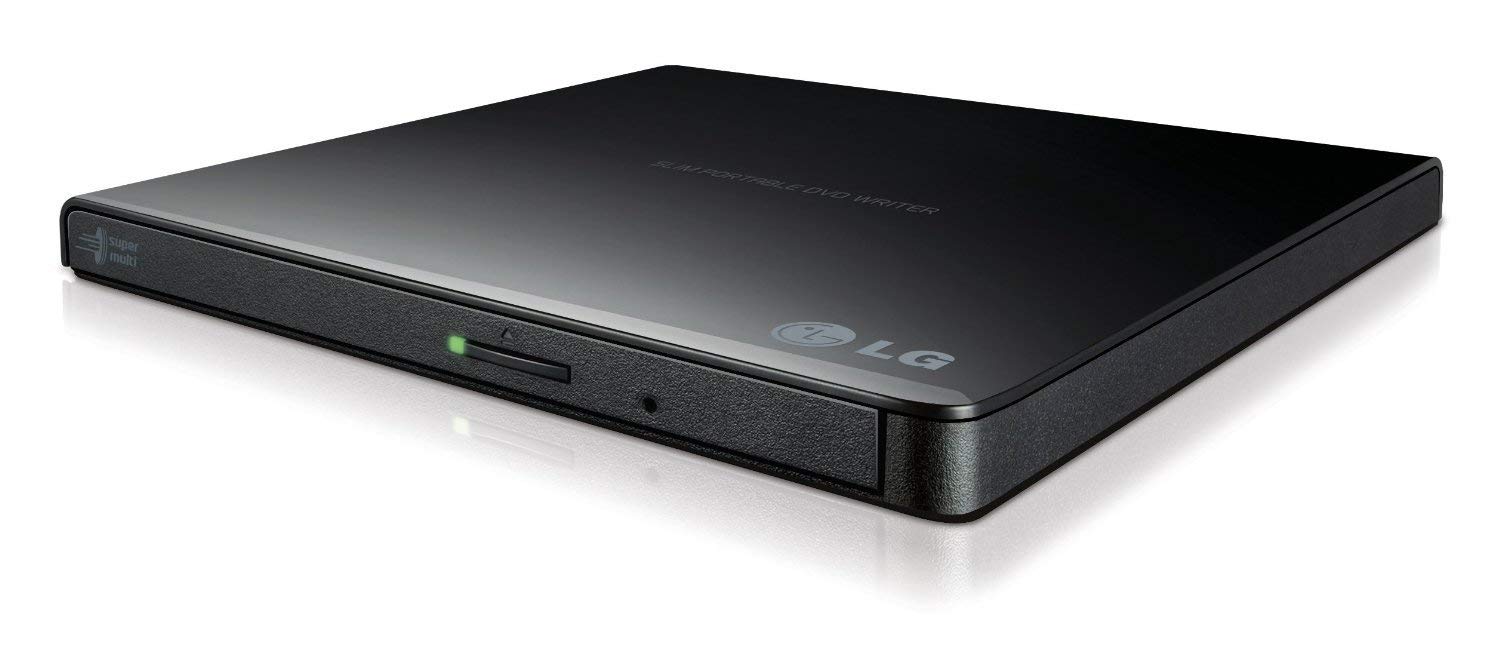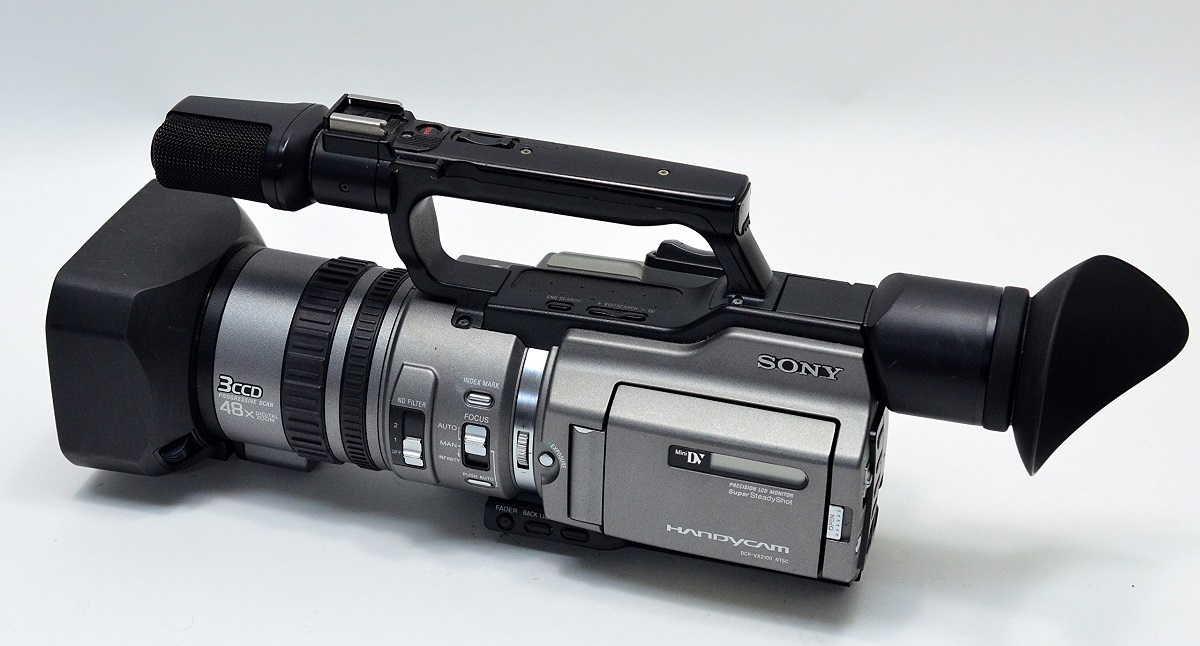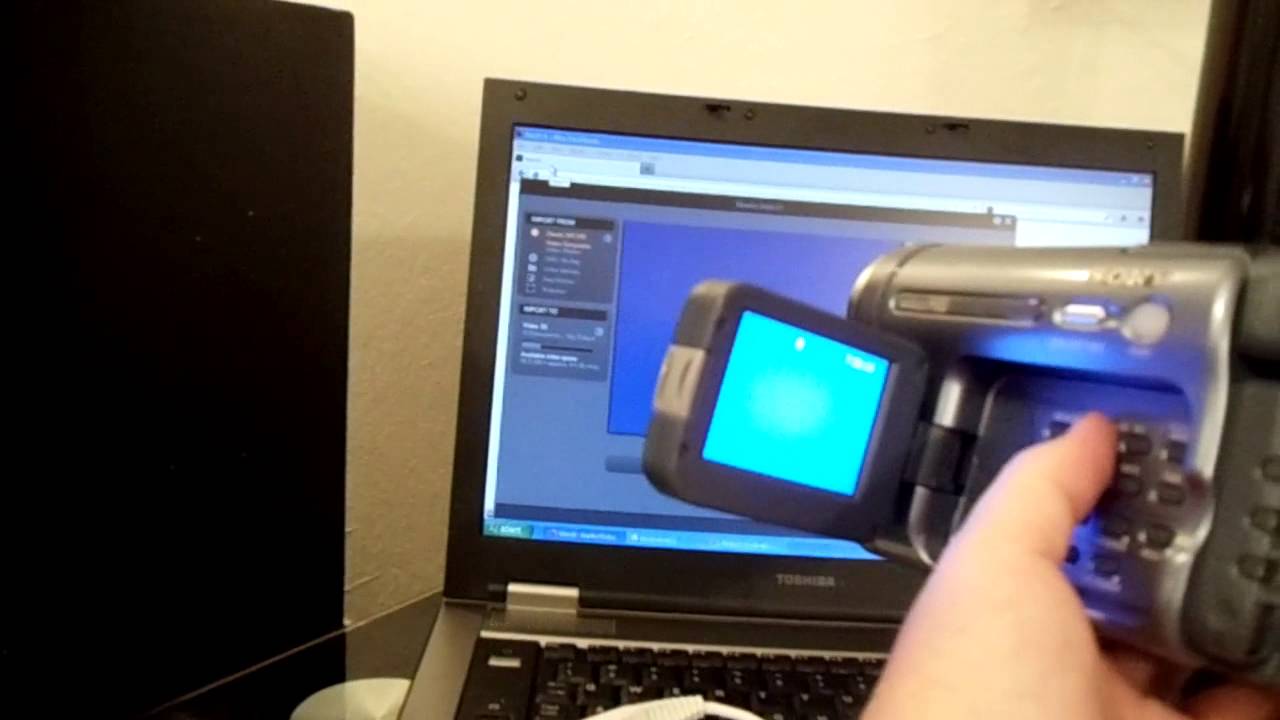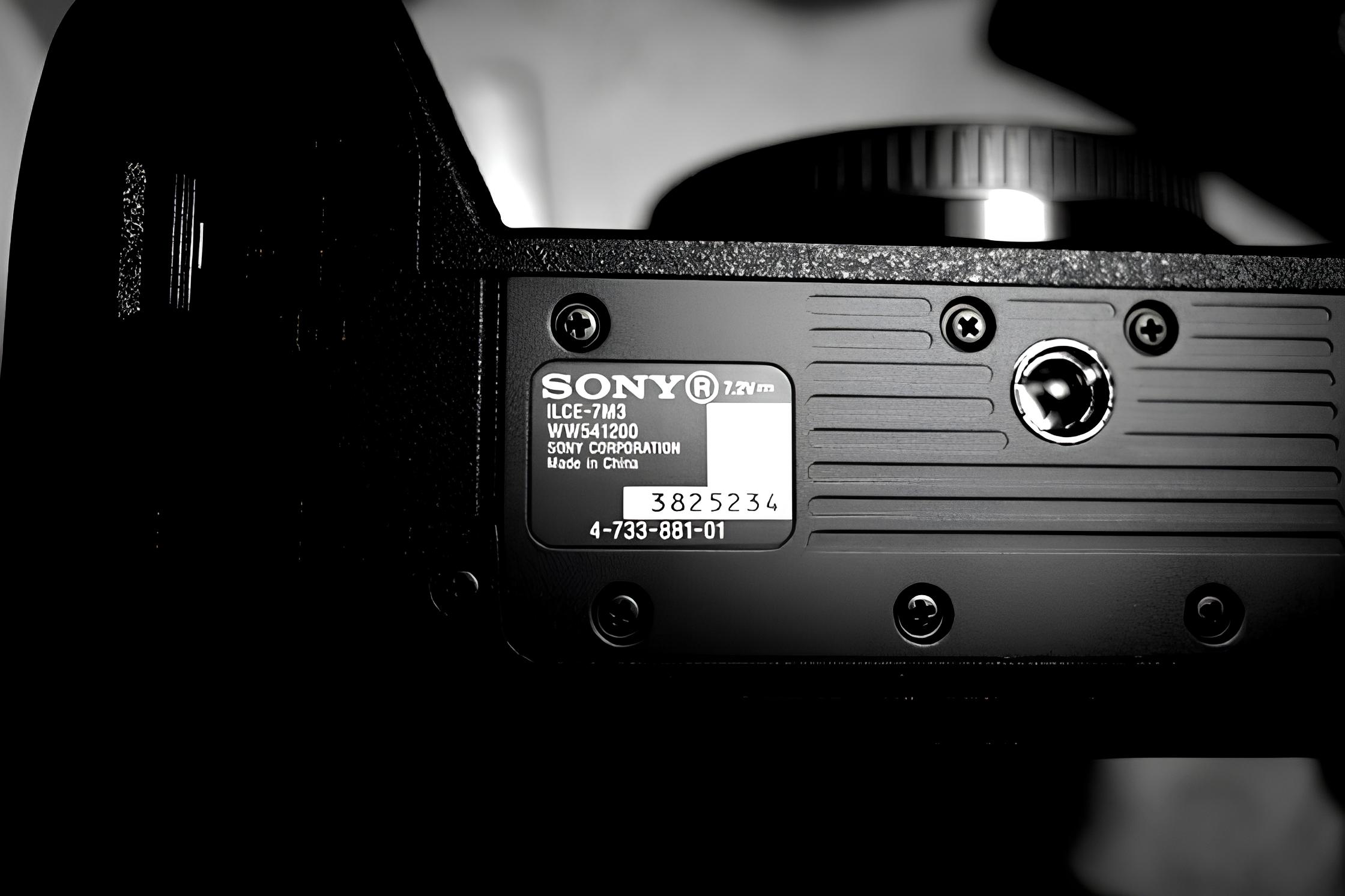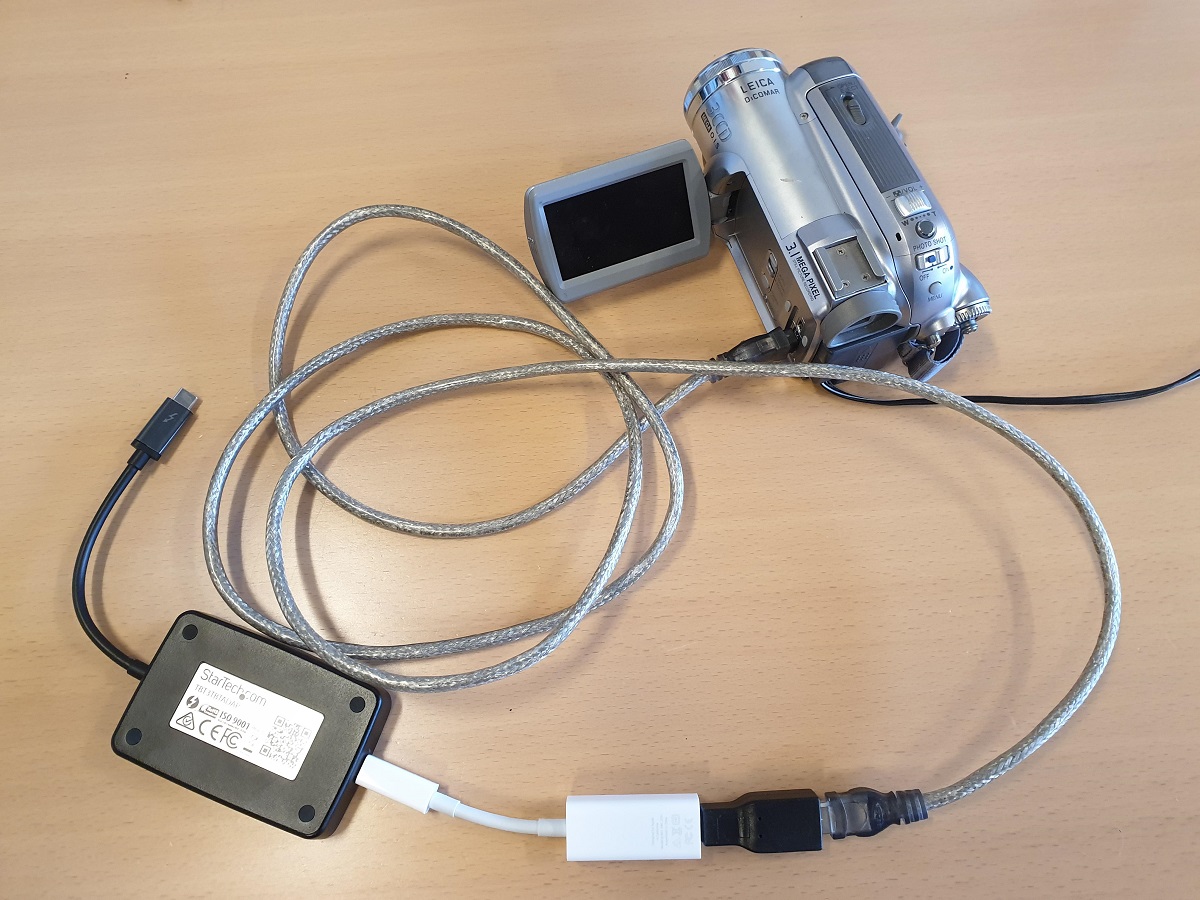Introduction
Welcome to the world of Sony camcorders! Whether you are a novice videographer or an experienced filmmaker, Sony camcorders offer an array of features to capture life's precious moments with exceptional clarity and precision. In this guide, we will delve into the art of using a Sony camcorder to its fullest potential, from understanding its basic functionalities to mastering advanced shooting techniques.
A Sony camcorder is not just a device; it's a storyteller, a memory keeper, and a creative companion. With its cutting-edge technology and user-friendly design, it empowers users to unleash their creativity and immortalize life's most captivating moments. From family gatherings and travel adventures to professional projects, a Sony camcorder is a versatile tool that adapts to various filming scenarios with ease.
Throughout this guide, we will explore the essential aspects of using a Sony camcorder, including setting up the device, mastering basic and advanced shooting techniques, harnessing the power of audio features, transferring and editing footage, and troubleshooting common issues. By the end of this journey, you will gain the confidence and expertise to maximize the potential of your Sony camcorder, transforming ordinary scenes into cinematic masterpieces.
So, let's embark on this exciting exploration of Sony camcorders, where innovation meets creativity, and every frame tells a compelling story. Whether you're capturing the laughter of loved ones, the breathtaking beauty of nature, or the thrill of live events, your Sony camcorder is poised to be your faithful companion, ready to preserve life's most cherished moments in stunning detail.
Get ready to unleash your inner filmmaker and embark on a captivating journey into the world of Sony camcorders. Let's dive in and discover the endless possibilities that await as we unlock the full potential of your Sony camcorder.
Getting to Know Your Sony Camcorder
Before embarking on your videography journey with a Sony camcorder, it’s essential to acquaint yourself with the device’s key components and functionalities. Understanding the intricacies of your Sony camcorder will pave the way for seamless operation and enable you to harness its full potential.
First and foremost, familiarize yourself with the physical aspects of the camcorder. Take note of the lens, viewfinder or LCD screen, microphone, and control buttons. Each of these elements plays a crucial role in capturing and enhancing your footage. Additionally, explore the menu system and settings, as they offer a plethora of customization options to tailor the camcorder’s performance to your specific shooting preferences.
Furthermore, delve into the technical specifications of your Sony camcorder, such as its sensor type, optical zoom capabilities, image stabilization features, and recording formats. Understanding these specifications will empower you to make informed decisions while shooting, ensuring that you leverage the camcorder’s capabilities to their fullest extent.
Take the time to familiarize yourself with the various shooting modes offered by your Sony camcorder, including automatic, manual, and scene-specific modes. Each mode is designed to optimize the camcorder’s settings for different shooting scenarios, allowing you to capture stunning footage in diverse environments and lighting conditions.
Lastly, explore the connectivity options of your Sony camcorder, such as Wi-Fi and Bluetooth capabilities, USB and HDMI ports, and compatibility with external accessories. These connectivity features expand the camcorder’s versatility, enabling seamless data transfer, remote control functionality, and integration with external devices for enhanced creativity.
By immersing yourself in the intricacies of your Sony camcorder, you lay the foundation for a fulfilling and immersive videography experience. Understanding the device’s components, technical specifications, shooting modes, and connectivity options equips you with the knowledge to unleash your creativity and capture life’s most captivating moments with precision and artistry.
Now that you’ve familiarized yourself with the essentials of your Sony camcorder, it’s time to delve into the process of setting up the device and preparing for your first captivating shoot.
Setting Up Your Sony Camcorder
Setting up your Sony camcorder is the crucial first step towards embarking on your videography journey. Whether you’re preparing for a family gathering, a scenic outdoor adventure, or a professional project, ensuring that your camcorder is properly configured will lay the groundwork for capturing stunning footage with ease and precision.
Begin by carefully unpacking your Sony camcorder and its accompanying accessories. Inspect the contents of the package to ensure that all essential components, such as the battery, charger, and connecting cables, are present and in good condition. Familiarize yourself with the layout of the camcorder and its accessories, as this will streamline the setup process and minimize any potential confusion.
Next, power up your Sony camcorder by inserting the battery and, if necessary, charging it to full capacity. Familiarize yourself with the battery insertion and removal process, ensuring that it is securely installed to prevent any interruptions during filming. Additionally, consider investing in spare batteries to extend your filming sessions without the constraint of limited power.
Once the camcorder is powered on, navigate through the initial setup menus to configure essential settings such as language preferences, date and time settings, and display options. These foundational settings not only personalize the camcorder to your preferences but also ensure that your footage is accurately timestamped and organized for future reference.
Explore the various shooting modes and scene presets available on your Sony camcorder, customizing them to suit your specific filming requirements. Whether you’re capturing fast-paced action sequences, serene landscapes, or intimate close-up shots, optimizing the shooting modes will enhance the visual impact of your footage and streamline the filming process.
Finally, familiarize yourself with the connectivity options of your Sony camcorder, such as Wi-Fi and Bluetooth pairing, USB and HDMI connectivity, and compatibility with external microphones and accessories. Understanding these connectivity features will expand the camcorder’s capabilities and enable seamless integration with external devices for enhanced creativity and flexibility.
By meticulously setting up your Sony camcorder, you establish a solid foundation for capturing captivating footage with precision and artistry. With the device configured to your preferences and shooting modes optimized for diverse scenarios, you are now poised to embark on a seamless and immersive videography experience.
With your Sony camcorder primed and ready, it’s time to delve into the art of capturing breathtaking footage using basic shooting techniques.
Basic Shooting Techniques
Mastering basic shooting techniques is essential for capturing compelling and visually stunning footage with your Sony camcorder. Whether you’re documenting everyday moments or embarking on a creative project, understanding and implementing fundamental shooting techniques will elevate the quality of your videos and immerse viewers in captivating visual narratives.
First and foremost, familiarize yourself with the principles of composition, including the rule of thirds, leading lines, and framing. These compositional techniques serve as the building blocks for visually engaging footage, guiding the viewer’s attention and creating a sense of balance and harmony within each frame.
Explore the various shooting modes offered by your Sony camcorder, such as automatic, manual, and scene-specific modes. Automatic mode is ideal for beginners, as it allows the camcorder to adjust settings based on the shooting environment. As you gain confidence, transition to manual mode to take full control of settings such as aperture, shutter speed, and ISO, enabling you to tailor the visual aesthetic of your footage to your creative vision.
Experiment with different camera movements, such as panning, tilting, and tracking shots, to add dynamism and cinematic flair to your videos. Smooth and deliberate camera movements can transform static scenes into visually captivating sequences, evoking a sense of fluidity and immersion for the viewer.
Pay attention to lighting conditions and learn to harness natural light or artificial lighting to enhance the mood and atmosphere of your footage. Understanding the interplay of light and shadow will enable you to create visually compelling scenes that evoke emotion and captivate the viewer’s imagination.
Furthermore, prioritize audio quality by utilizing the built-in microphone or connecting an external microphone to capture clear and immersive sound. Effective audio recording enhances the storytelling aspect of your videos, ensuring that the auditory experience complements the visual narrative seamlessly.
Lastly, practice and patience are key components of mastering basic shooting techniques. Embrace the learning process, experiment with different approaches, and review your footage critically to identify areas for improvement. With dedication and perseverance, you will refine your skills and elevate the quality of your videography endeavors.
Armed with a solid grasp of basic shooting techniques, you are now equipped to capture life’s most captivating moments with precision and artistry. As you continue to hone your skills, the next step is to explore advanced shooting techniques that will elevate your videography to new heights of creativity and visual storytelling.
Advanced Shooting Techniques
As you continue to evolve as a videographer, delving into advanced shooting techniques will elevate the visual impact of your footage and expand your creative repertoire with your Sony camcorder. These techniques empower you to craft visually stunning sequences, evoke emotion, and immerse viewers in captivating narratives, transcending the ordinary to create extraordinary visual experiences.
One advanced technique to explore is depth of field manipulation, which allows you to control the sharpness and blur within your frame. By adjusting the aperture settings, you can create a shallow depth of field, drawing attention to a specific subject while artfully blurring the background, adding a cinematic quality to your footage.
Experiment with different focal lengths and perspectives to infuse your footage with visual dynamism and storytelling prowess. Wide-angle shots can capture expansive landscapes and immersive environments, while telephoto lenses bring distant subjects into sharp focus, allowing for intimate and impactful visual storytelling.
Mastering the art of manual focus opens up a realm of creative possibilities, enabling you to precisely control the focus point and create visually arresting compositions. Whether capturing subtle details or orchestrating dramatic focus pulls, manual focus empowers you to infuse your footage with a distinct artistic vision.
Explore the intricacies of white balance and color grading to imbue your footage with mood, atmosphere, and emotional resonance. Understanding the nuances of color temperature and tint adjustments allows you to evoke specific emotions and enhance the visual narrative, elevating your videos to cinematic heights.
Dynamic camera movements, such as crane shots, dolly movements, and aerial perspectives, add a layer of cinematic grandeur to your footage, elevating the visual storytelling and immersing viewers in captivating visual narratives.
Additionally, harness the power of slow-motion and time-lapse techniques to capture the passage of time with artistic finesse. Whether slowing down the pace to accentuate subtle details or condensing time to reveal mesmerizing transformations, these techniques add depth and intrigue to your visual storytelling.
Lastly, effective audio recording techniques, such as utilizing external microphones and capturing ambient soundscapes, enhance the auditory dimension of your videos, ensuring that the sonic experience resonates harmoniously with the visual narrative.
By embracing advanced shooting techniques, you unlock a realm of creative possibilities, empowering you to craft visually stunning sequences and immersive narratives that captivate and inspire. As you integrate these techniques into your videography repertoire, the next step is to explore the intricacies of leveraging the audio features of your Sony camcorder to enhance the storytelling aspect of your videos.
Using the Audio Features
Audio is an integral component of compelling videography, and harnessing the audio features of your Sony camcorder is essential for creating immersive and captivating visual narratives. From capturing clear dialogue to evoking ambient soundscapes, leveraging the audio capabilities of your camcorder enhances the storytelling aspect of your videos, ensuring a harmonious fusion of visual and auditory experiences.
Begin by familiarizing yourself with the built-in microphone of your Sony camcorder. Understanding its directional characteristics and sensitivity will enable you to capture clear and balanced audio, whether you’re recording interviews, live performances, or ambient soundscapes. Experiment with different microphone settings to optimize audio capture based on the shooting environment and subject matter.
For enhanced audio fidelity and versatility, consider utilizing external microphones compatible with your Sony camcorder. Shotgun microphones excel in capturing focused sound from a specific direction, ideal for isolating dialogue or capturing targeted ambient sounds. Lavalier microphones offer hands-free audio capture, perfect for interviews and on-the-go recording, while stereo microphones deliver immersive soundscapes and spatial audio experiences.
Understanding audio levels and monitoring techniques is crucial for maintaining optimal audio quality throughout your recording sessions. Utilize the audio level indicators on your camcorder to ensure that sound is neither too soft nor distorted, and consider using headphones to monitor audio in real time, allowing you to make adjustments on the fly for pristine audio capture.
Experiment with ambient sound recording to infuse your footage with immersive environmental textures, whether it’s the gentle rustling of leaves in a serene forest or the bustling energy of a vibrant cityscape. Capturing ambient soundscapes adds depth and realism to your videos, transporting viewers into the heart of the narrative with evocative auditory experiences.
Furthermore, explore the capabilities of your Sony camcorder for audio post-processing and enhancement. Whether it’s adjusting audio levels, reducing background noise, or applying creative audio effects, these features enable you to fine-tune and elevate the auditory dimension of your videos during the editing process.
By mastering the audio features of your Sony camcorder, you elevate the storytelling aspect of your videography, ensuring that the auditory experience seamlessly complements the visual narrative. As you continue to hone your audio recording skills, the next step is to explore the intricacies of transferring and editing your footage to bring your creative vision to life.
Transferring and Editing Footage
Once you’ve captured compelling footage with your Sony camcorder, the next phase of the creative process involves transferring and editing your videos to bring your vision to life. Whether you’re documenting personal memories, crafting professional projects, or exploring artistic endeavors, mastering the art of transferring and editing footage empowers you to refine and enhance your visual narratives with precision and creativity.
First and foremost, familiarize yourself with the various methods of transferring footage from your Sony camcorder to external devices. Utilize USB connections or memory card readers to transfer video files to your computer, ensuring that your editing workspace is equipped with the raw materials for your creative endeavors.
Explore video editing software that aligns with your skill level and creative aspirations. Whether you opt for user-friendly entry-level programs or professional-grade editing suites, the right software empowers you to assemble, refine, and enhance your footage with a diverse array of editing tools and visual effects.
Organize your footage within the editing software, creating a structured framework for your project and streamlining the editing process. Utilize file management techniques to categorize and label video clips, ensuring seamless accessibility and efficient navigation as you weave together your visual narrative.
Experiment with editing techniques such as trimming, cutting, and sequencing video clips to construct a cohesive and engaging storyline. Pay attention to pacing, rhythm, and visual continuity as you assemble your footage, ensuring that each frame contributes to the overarching narrative with purpose and impact.
Enhance your footage with visual effects, color grading, and audio manipulation to elevate the emotional resonance and visual allure of your videos. Whether it’s adding atmospheric overlays, adjusting color tones, or synchronizing soundscapes, these creative enhancements infuse your footage with depth and cinematic flair.
Consider integrating transitions, titles, and graphical elements to add a layer of polish and professionalism to your videos. Thoughtfully designed transitions and visually appealing titles contribute to the overall visual cohesiveness of your project, guiding the viewer through the narrative with seamless elegance.
Lastly, strive for a harmonious balance between visual storytelling and audio accompaniment during the editing process. Ensure that the auditory experience complements the visual narrative, with clear dialogue, immersive soundscapes, and synchronized audiovisual elements that captivate and engage the viewer.
By mastering the art of transferring and editing footage, you transform raw video clips into polished visual narratives, ready to captivate and inspire audiences with your creative vision. As you continue to refine your editing skills, the next step is to familiarize yourself with troubleshooting common issues that may arise during the filming and editing process, ensuring a seamless and fulfilling videography experience.
Troubleshooting Common Issues
During your videography journey with a Sony camcorder, encountering technical challenges is a common aspect of the creative process. Familiarizing yourself with common issues and their respective troubleshooting methods empowers you to overcome obstacles seamlessly, ensuring a smooth and fulfilling filming and editing experience.
One prevalent issue that videographers may encounter is poor exposure and lighting inconsistencies in footage. To address this, familiarize yourself with the exposure compensation feature on your camcorder, allowing you to manually adjust brightness levels to achieve balanced and visually appealing exposure. Additionally, consider utilizing external lighting sources or reflectors to mitigate lighting discrepancies and enhance the visual quality of your footage.
Audio-related challenges, such as background noise and unclear dialogue, can detract from the immersive experience of your videos. Utilize the camcorder’s audio settings to adjust microphone sensitivity and reduce ambient noise, ensuring that dialogue remains clear and prominent. In post-production, employ audio editing tools to refine and enhance the auditory dimension of your footage, mitigating unwanted noise and optimizing sound clarity.
Stabilization issues, resulting in shaky or unstable footage, can detract from the visual quality of your videos. Consider utilizing the built-in stabilization features of your Sony camcorder to minimize camera shake and maintain steady footage, especially during handheld or dynamic shooting scenarios. Alternatively, explore the use of external stabilizing equipment, such as gimbals or tripods, to achieve smooth and professional-looking footage.
File management and data transfer challenges may arise when transferring footage from your camcorder to external devices. Ensure that your memory cards are formatted correctly and that your transfer methods, whether via USB or memory card readers, are compatible with your computer’s operating system. Familiarize yourself with file organization and backup techniques to safeguard your footage and streamline the transfer process.
Technical glitches and firmware updates are integral aspects of maintaining optimal performance with your Sony camcorder. Stay informed about firmware updates and regularly check for software enhancements or bug fixes provided by Sony. Additionally, familiarize yourself with factory reset procedures and technical support channels to address any persistent technical issues effectively.
By equipping yourself with the knowledge and troubleshooting techniques for common issues, you empower yourself to navigate technical challenges with confidence and precision, ensuring a seamless and fulfilling videography experience. As you continue to refine your skills and expand your creative horizons, the world of visual storytelling with your Sony camcorder becomes an ever-evolving and rewarding journey.
Conclusion
Congratulations on embarking on an enriching journey into the world of Sony camcorders! Throughout this comprehensive guide, you have delved into the essential aspects of using a Sony camcorder, from mastering basic and advanced shooting techniques to harnessing the power of audio features, transferring and editing footage, and troubleshooting common issues. By immersing yourself in the intricacies of videography with a Sony camcorder, you have unlocked the potential to capture life’s most captivating moments with precision, artistry, and creativity.
As you familiarize yourself with the physical and technical aspects of your Sony camcorder, you lay the foundation for seamless operation and the ability to harness its full potential. Understanding the intricacies of shooting modes, composition principles, and camera movements empowers you to craft visually stunning sequences and compelling visual narratives that captivate and inspire.
Furthermore, by mastering advanced shooting techniques, audio features, and the art of transferring and editing footage, you elevate the quality of your videos and infuse them with depth, emotion, and cinematic allure. The seamless integration of visual storytelling and audio accompaniment ensures a harmonious fusion of sight and sound, captivating audiences and immersing them in captivating visual narratives.
Throughout your videography journey with a Sony camcorder, technical challenges may arise, but armed with troubleshooting techniques, you have the confidence to overcome obstacles seamlessly, ensuring a fulfilling and rewarding filming and editing experience.
As you continue to refine your skills and explore the endless possibilities of visual storytelling with your Sony camcorder, remember that creativity knows no bounds. Embrace the learning process, experiment with new techniques, and allow your unique perspective to shape the captivating narratives you bring to life through the lens of your Sony camcorder.
So, with your Sony camcorder in hand and a wealth of knowledge at your disposal, continue to capture life’s most cherished moments with passion, precision, and boundless creativity. Your videography journey is a testament to the art of storytelling, and with each frame you capture, you weave a compelling narrative that transcends time and resonates with the hearts of your audience.







